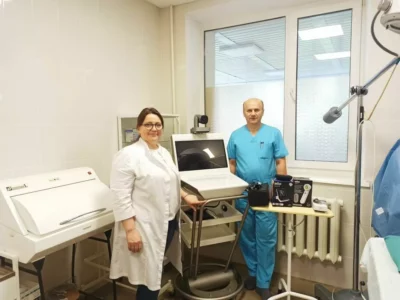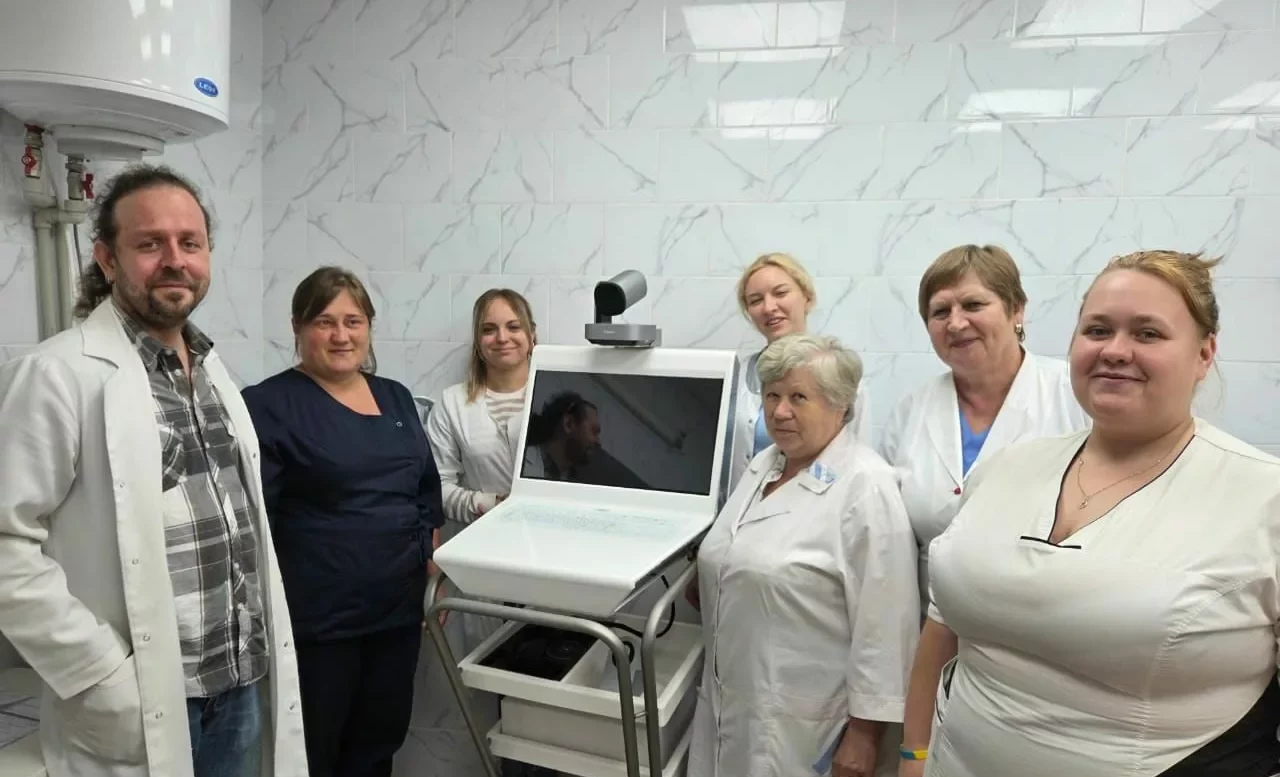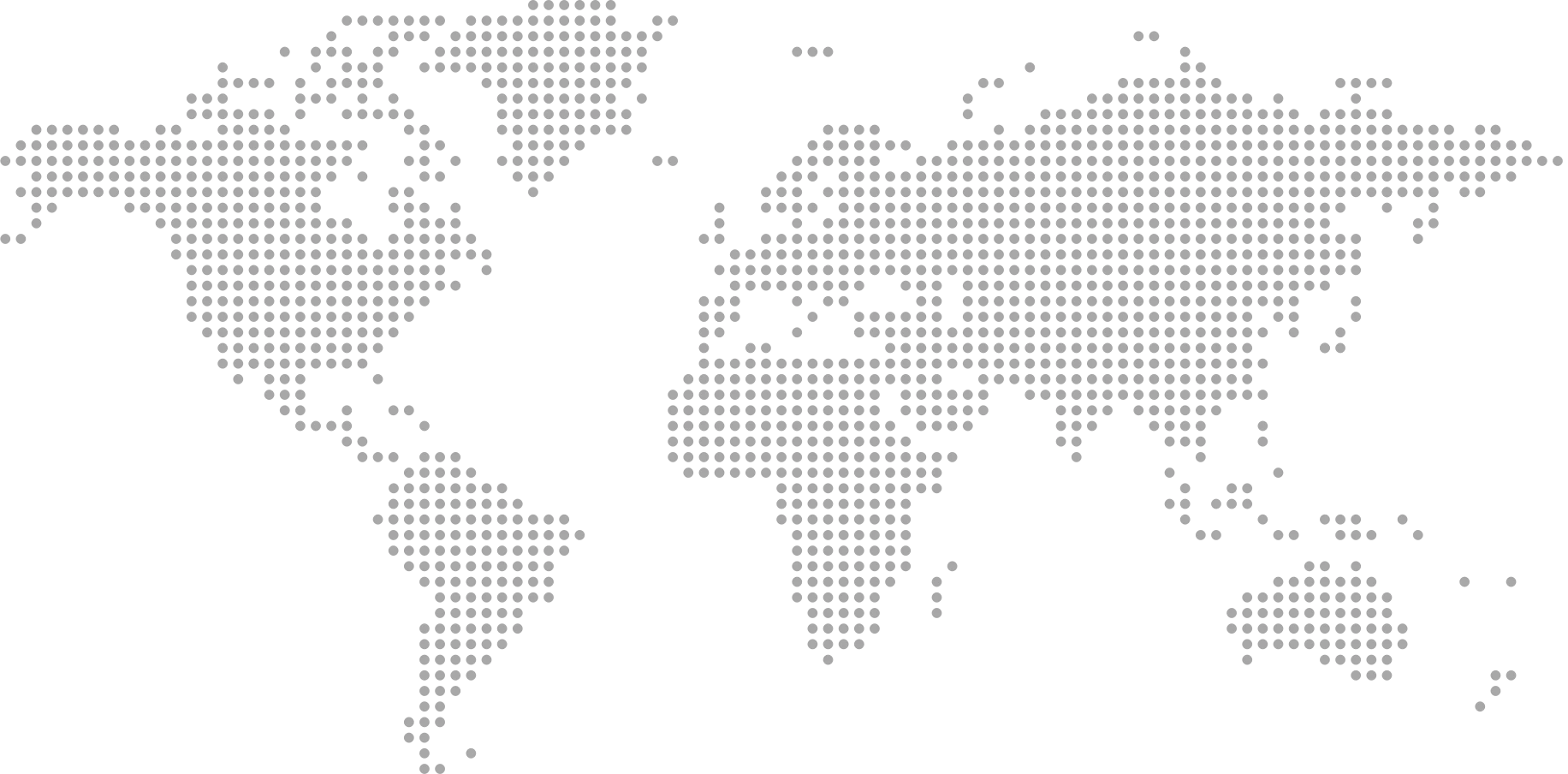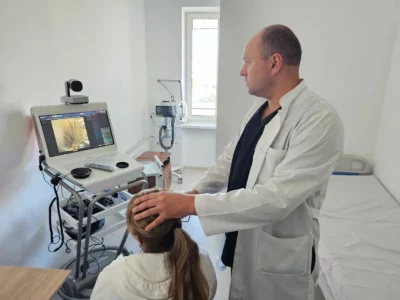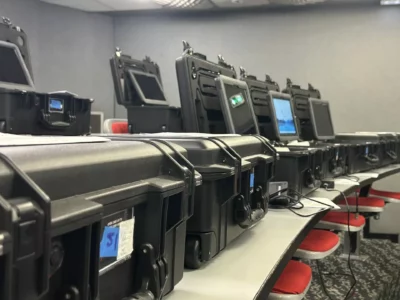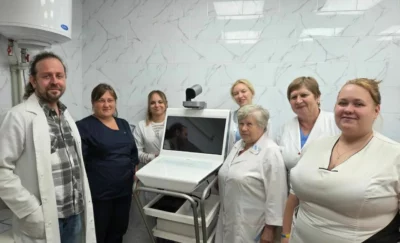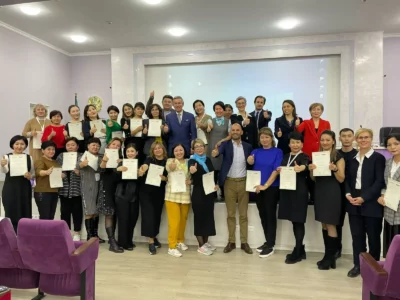Context and Challenges
The war in Ukraine has severely weakened access to healthcare: medical infrastructure has been destroyed, roads are unsafe, and some facilities face a shortage of doctors (many having been mobilized to the front), while the population’s needs remain immense.
On the military side, the urgency is even greater. Wounded soldiers require prompt and specialized care, yet it is often impossible to have all the necessary medical specialties available on site.
The challenge is therefore twofold:
-
to guarantee civilians regular access to medical consultations enabling diagnosis and follow-up;
-
to improve the treatment of wounded soldiers near the front lines.
In this unstable context, solutions must combine efficiency, mobility, and flexibility.
